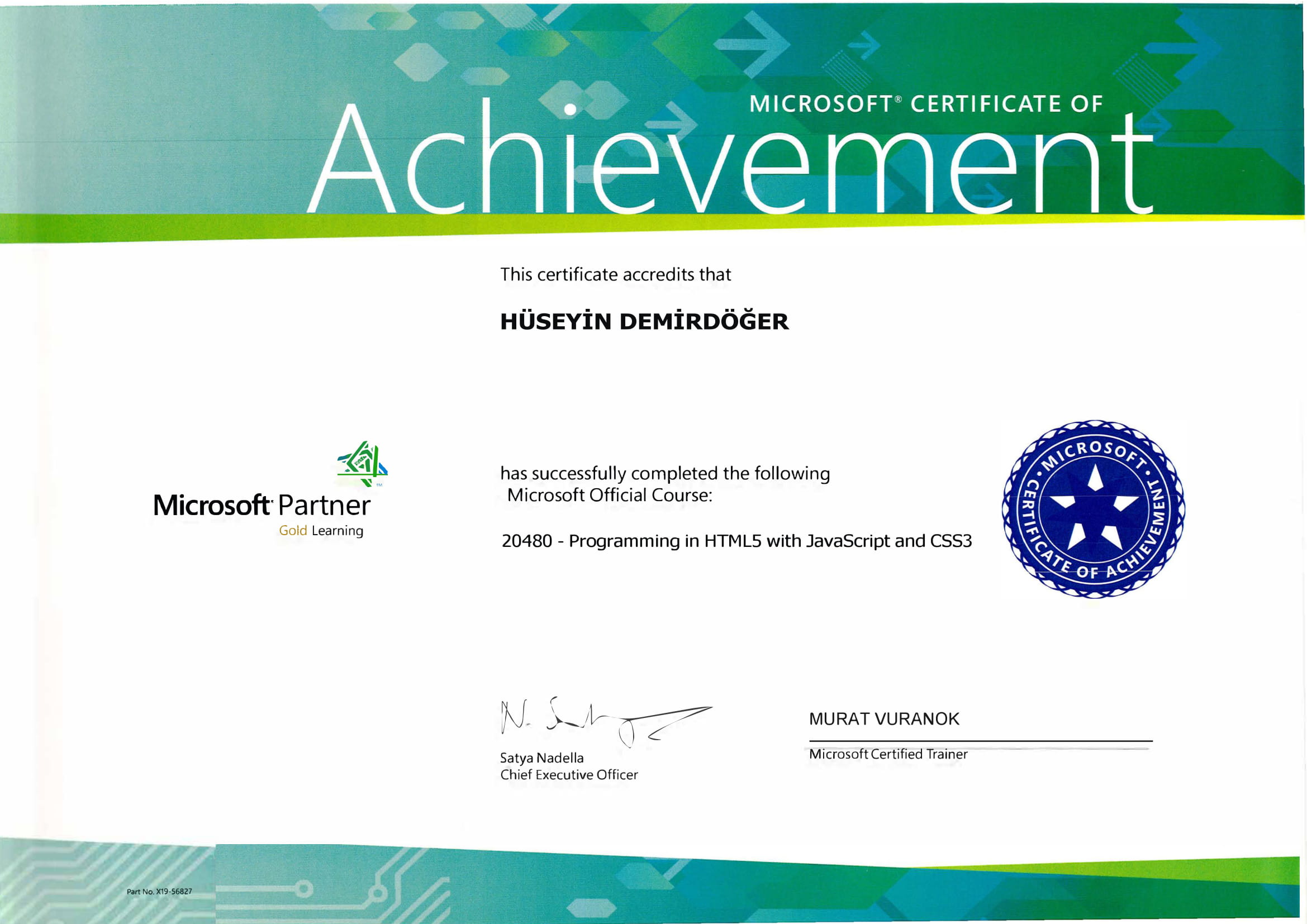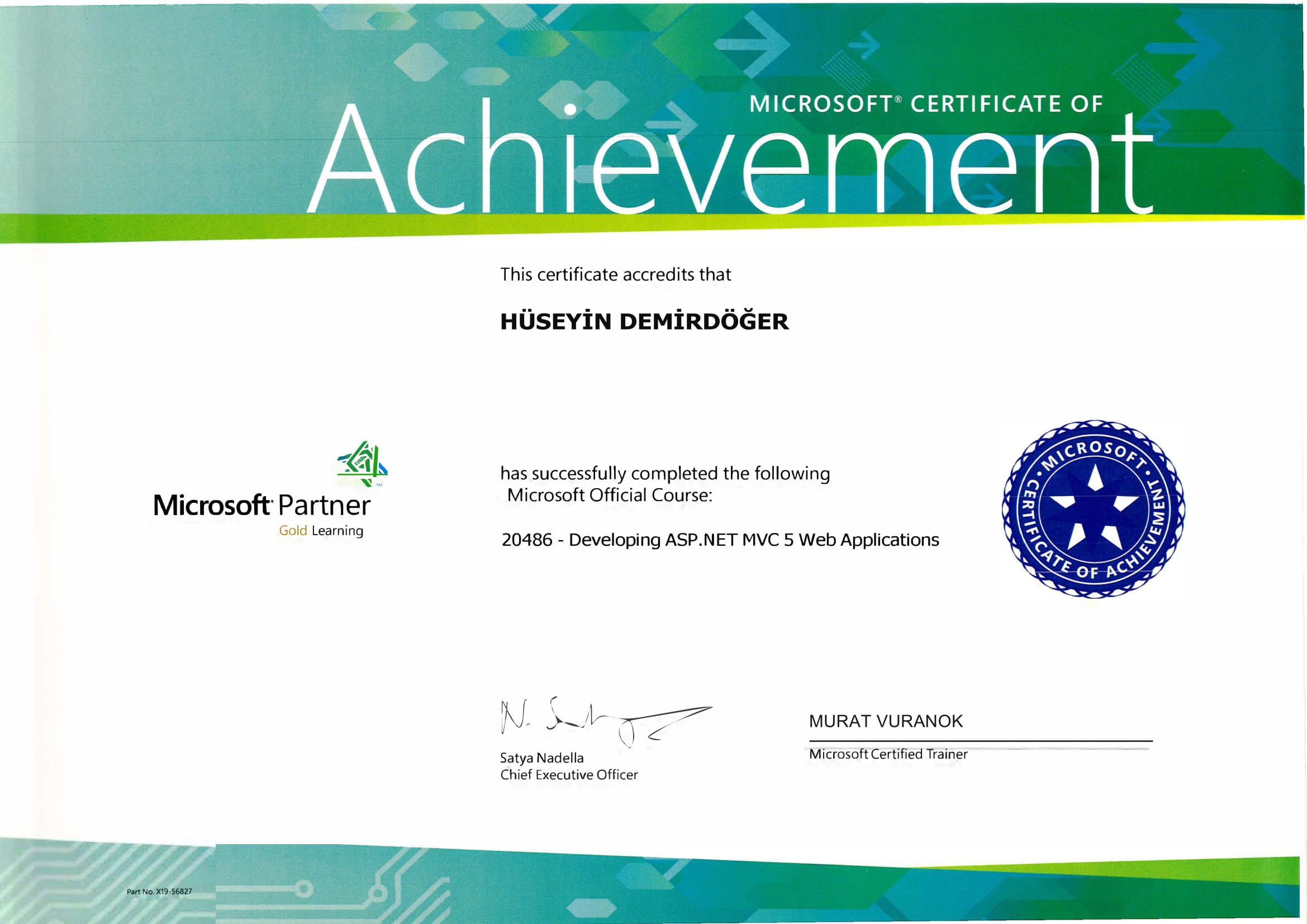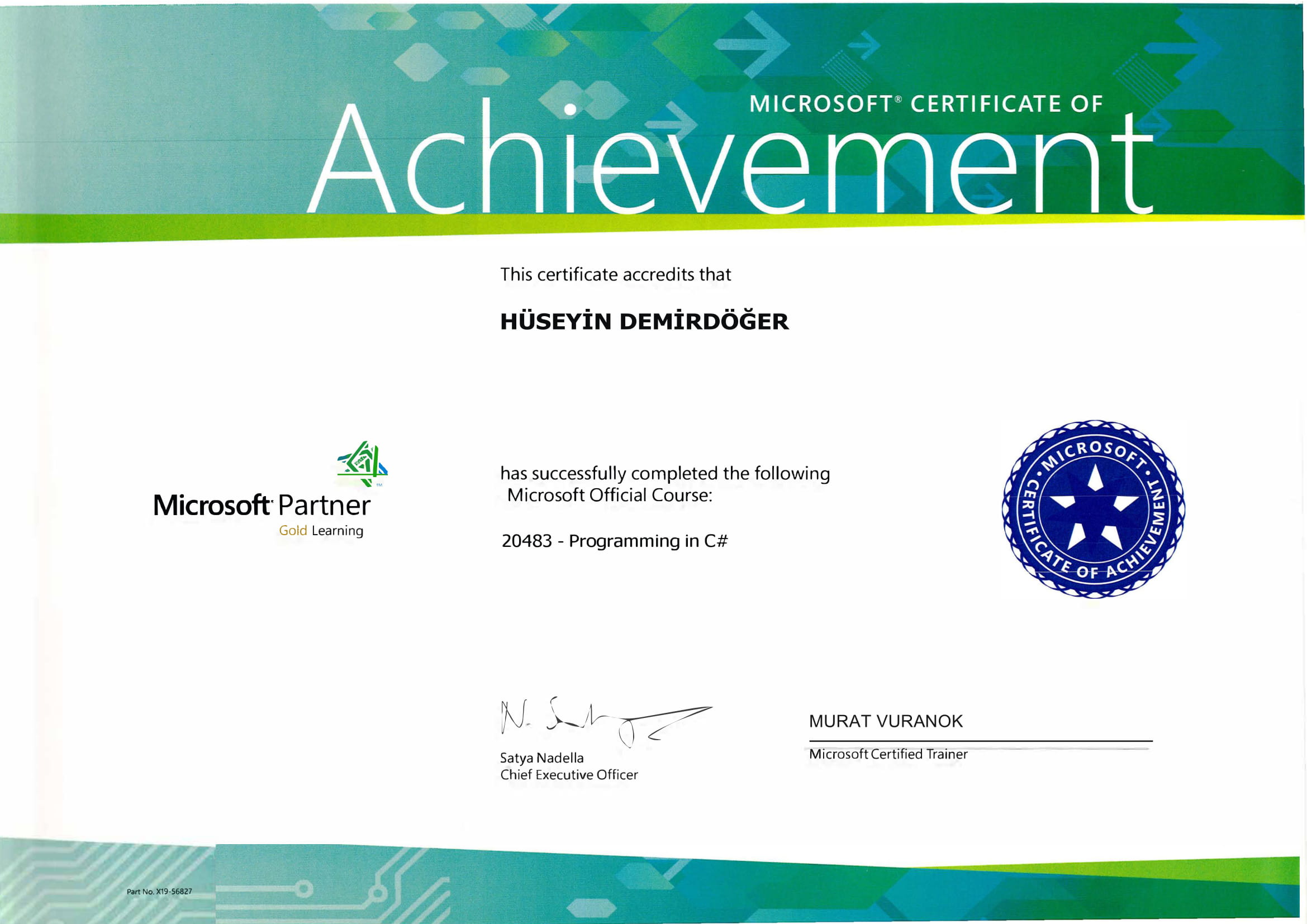Windows error code 0x8007000D often leads to chaos in the world of technology. It's not just a pesky number that pops up; it's a sign that something has gone wrong with a system update, a file installation, or perhaps even an issue with system files themselves. Encountering this error can be particularly frustrating because it interrupts the smooth functioning of your computer, as it did once for me. But don't worry, by following some organized steps, you can resolve this issue and get your system running optimally again.
Understanding Error Code 0x8007000D
Before diving into the solution, let's grasp what this error signifies. Essentially, 0x8007000D usually denotes that some files required for a specific operation are missing or corrupted. This might happen during a Windows update or an attempt to install new software. Ever been through an error where everything seemed fine until you couldn't proceed with an installation? This could be a similar scenario. So, where do we start in resolving this?
Step-by-Step Guide to Fix the Error
Step 1: Run the Windows Update Troubleshooter
Windows has built-in tools designed to fix common issues:
- Navigate to Settings: Go to
Update & Security > Troubleshoot. - Select Windows Update: Then, click on
Run the troubleshooter. - Follow the Instructions: Let the troubleshooter scan and resolve any detected issues.
I've found this tool remarkably handy in resolving issues like the Windows Error Code 0x80070035, which is commonly used for fixing network path troubles. It might just be that easy for 0x8007000D too.
Step 2: Check System Files
Sometimes, the integrity of your system files might be compromised. Running a few commands can help repair them:
- Open Command Prompt as an Administrator.
- Type
sfc /scannowand hit Enter. - Wait for the scan to complete and follow any instructions provided.
It's akin to resolving installation failures like error 0x80070017, where a similar approach can prove quite effective in tackling corrupted file issues.
Step 3: Reset Windows Update Components
This step might require a bit more technical knowledge but is useful for not just this error but also for other issues, like Error Code 0x80070005 which relates to permission errors.
- Open Command Prompt with administrative rights.
- Enter the following commands one by one:
net stop wuauservnet stop cryptSvcnet stop bitsnet stop msiserver
- Rename SoftwareDistribution and Catroot2 folders by typing:
ren C:\Windows\SoftwareDistribution SoftwareDistribution.oldren C:\Windows\System32\catroot2 Catroot2.old
- Restart the services with:
net start wuauservnet start cryptSvcnet start bitsnet start msiserver
- Restart your computer and try the update again.
Bonus Tip: External Resources
A broader understanding of errors and their resolutions can sometimes make all the difference. Microsoft's official site on Windows support can offer additional insights and tools.
What Do You Think?
Have you ever faced something similar? Was the issue resolved, or did it linger like a stubborn bug? It's fascinating to consider how similar resolutions might apply to other issues, such as the Microsoft Store App Update Failures faced by users. Could such troubleshooting techniques be universally applicable?
Conclusion
Resolving Windows errors like 0x8007000D may seem daunting at first glance, but with a structured approach, fixing them can be relatively straightforward. From using in-built troubleshooters to resetting components manually, various steps can guide you toward a solution. Remember to keep your system updated and reach out for professional support if the problem persists. Solving one technological puzzle often equips us with the skills to tackle others, so the next time something like this crops up, you’ll be ready!


















